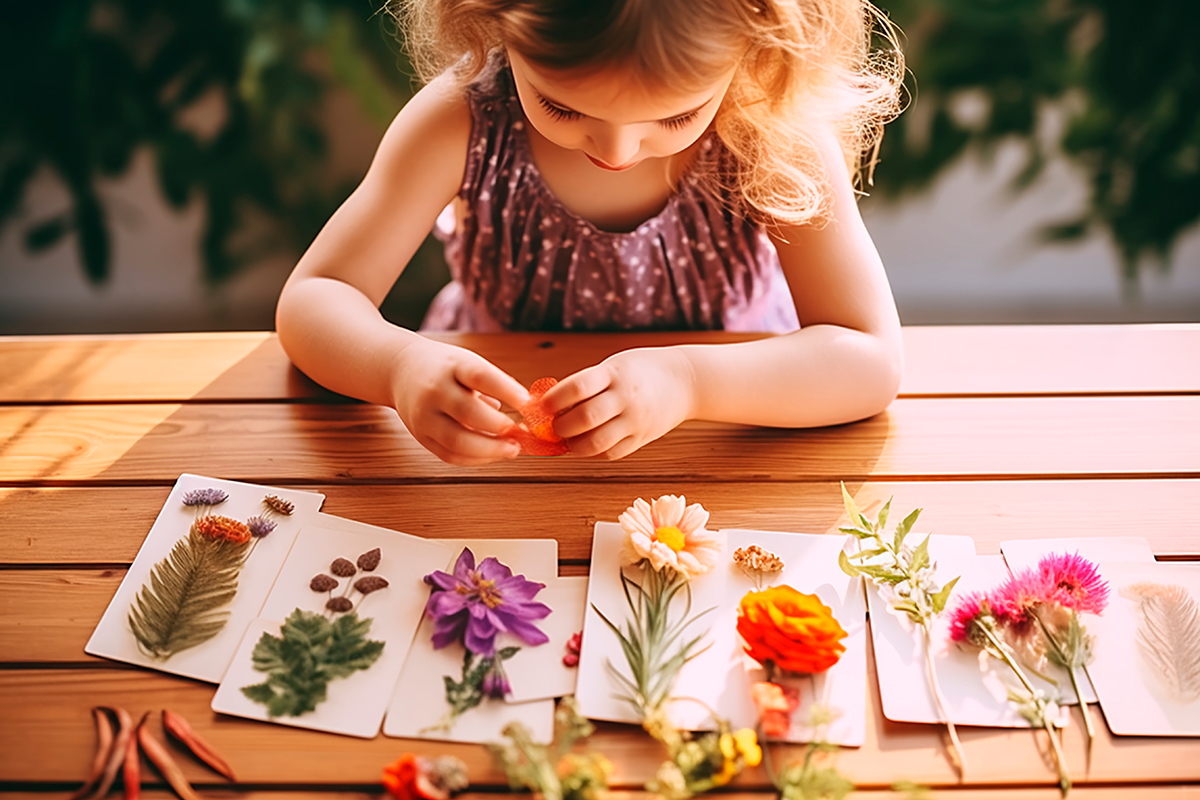
Spring is the time when nature comes to life after a long winter. It's also the perfect time to start observing plant growth and collecting plants for a herbarium. Making a herbarium is a wonderful activity to do with children to help them understand the differences between different plant species and how they grow. Learn how to create a herbarium with your children and observe nature's bloom in spring.
What is a herbarium and how to make one?
Let's start by explaining what a herbarium is. A herbarium is a collection of dry plants that have been collected and dried, then placed in an album or book as a way to preserve and identify different plant species. It's a great way to learn because it allows you to observe the differences between different plants and helps children learn to classify them into genera and species.
It's also worth noting that a herbarium is a great learning tool for children, as it allows them to develop observational skills and helps them learn the names of different plants. Children will undoubtedly be interested and excited when they can create their own herbariums and track the growth of plants.
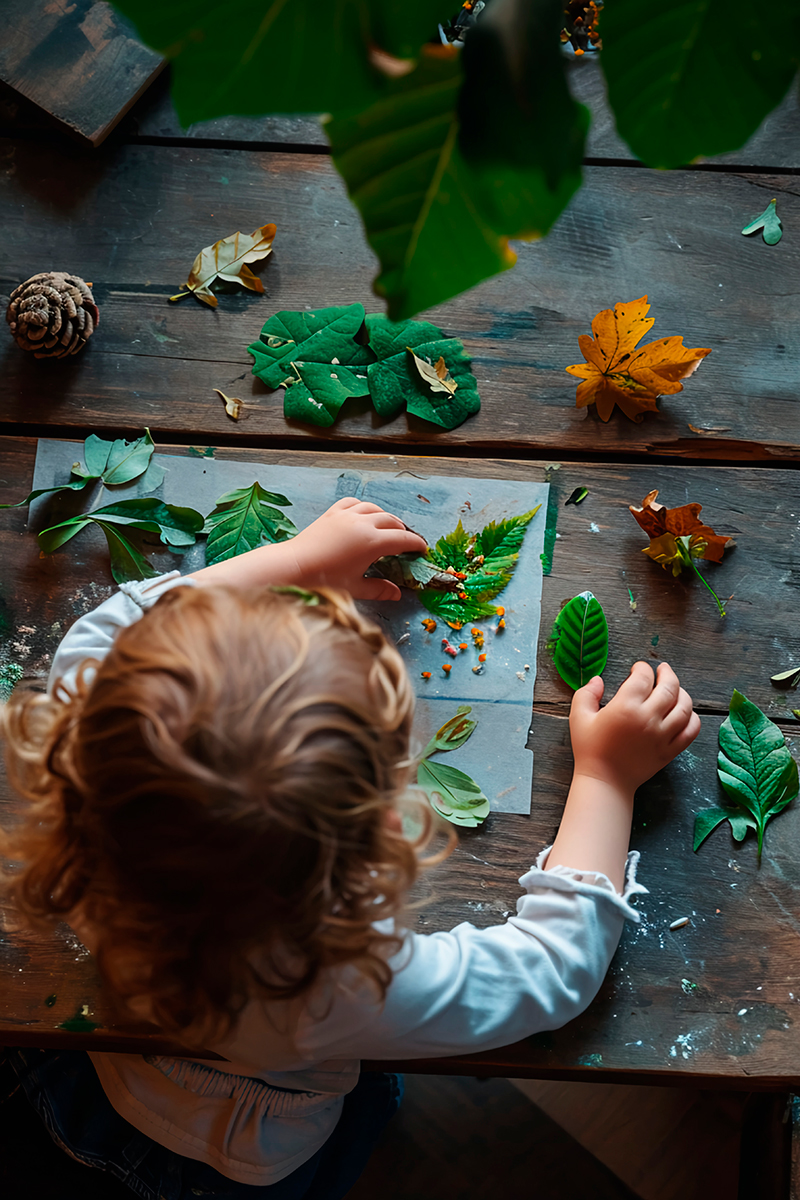
Tools needed
The first step to creating a herbarium is choosing the right tools.
You will need a few simple things, such as:
- scissors,
- glue or transparent tape,
- an album or book in which you will store dried plants,
- magnifying glass for observing small plants,
- A marker for labeling plants in the album,
- plant ironing paper.
You can buy special ironing paper for plants, but if you don't want to spend money on it, you can use regular baking paper or kitchen paper. The most important thing is that the paper is heat-resistant and water-resistant, which will make drying the plants easier.
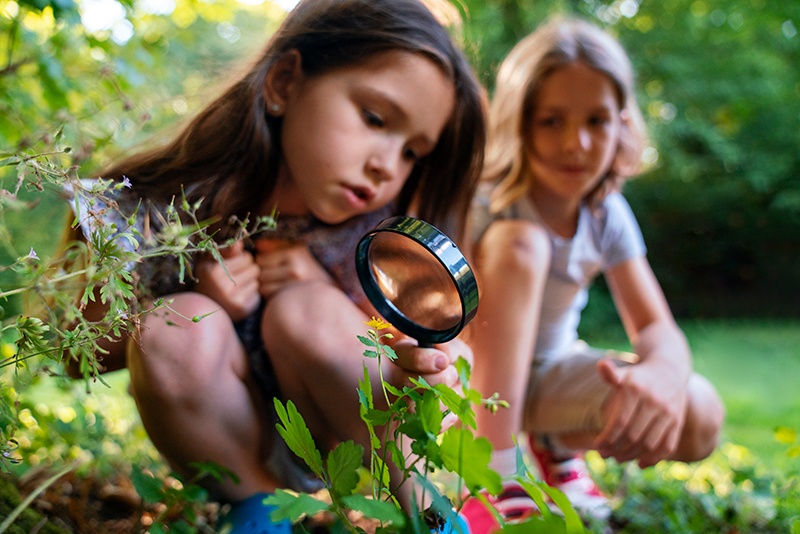
Preparing a herbarium - Collecting plants
You can find plants for a herbarium in your immediate area. Explore nearby lawns and meadows and try to find interesting specimens with unique characteristics, such as unusual leaves or petals. You can find some plants in your yard or garden, and others in the forest or park. Depending on where you collect your specimens, you can create a scrapbook of leaves, flowers, or herbs.
It's important to collect plants that are not at risk, and if you're unsure about whether you can harvest a particular plant, it's best not to. Remember to collect only one or two samples of each plant to give it a chance to thrive.
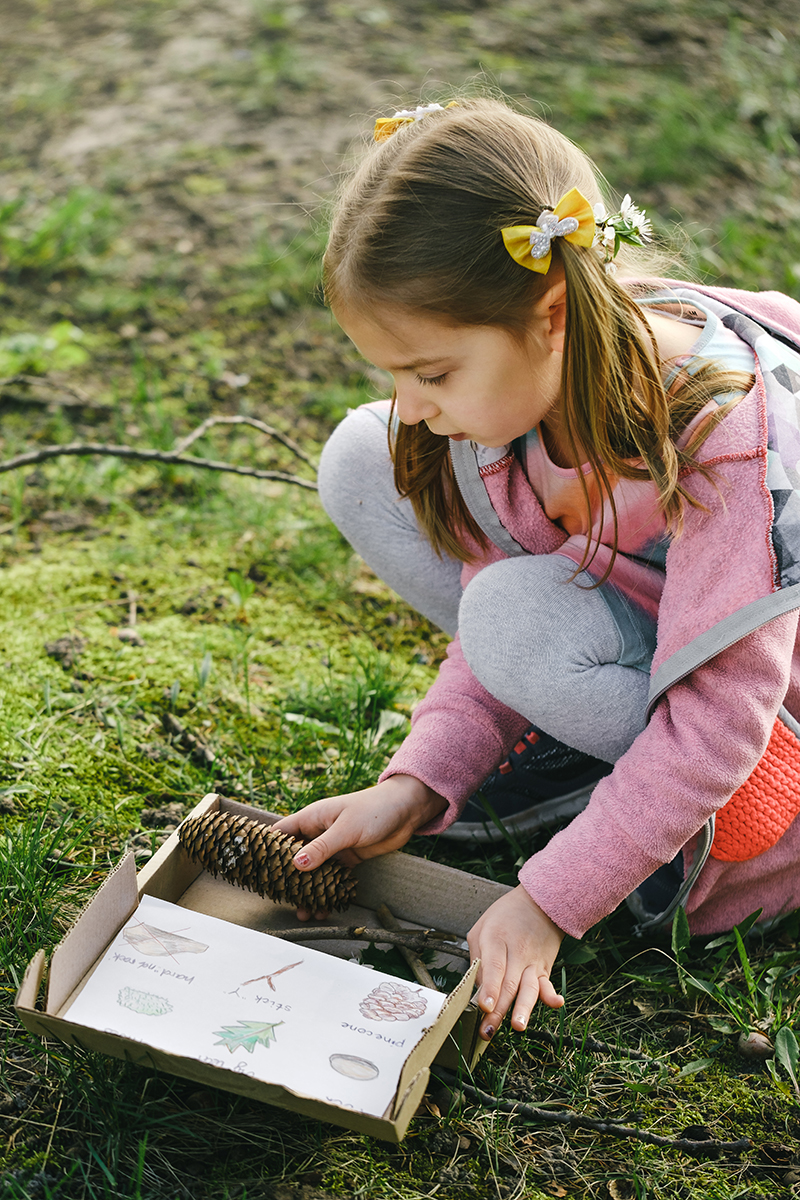
Drying plants
After harvesting your plants, it's a good idea to thoroughly clean them of dirt, dust, and other debris. Then, dry them in a moderately warm, well-ventilated area. This is best done by placing them on a plant press and covering them with another sheet of paper. Then, place a heavy object on top of them to flatten them. You can also use a plant press or a regular book to flatten them. Leave the plants under the weight for a few days until they are completely dry.
Creating a herbarium album
Once the plants are dry, you can place them in an album or herbarium book. Choose a page and carefully place the plants on it, gluing them in place with a glue stick.
In addition to plants, you can also add captions or labels with plant names and information about where they were found. The herbarium can also be supplemented with drawings of other, more dimensional plant parts, such as branches, fruits, or pine cones.
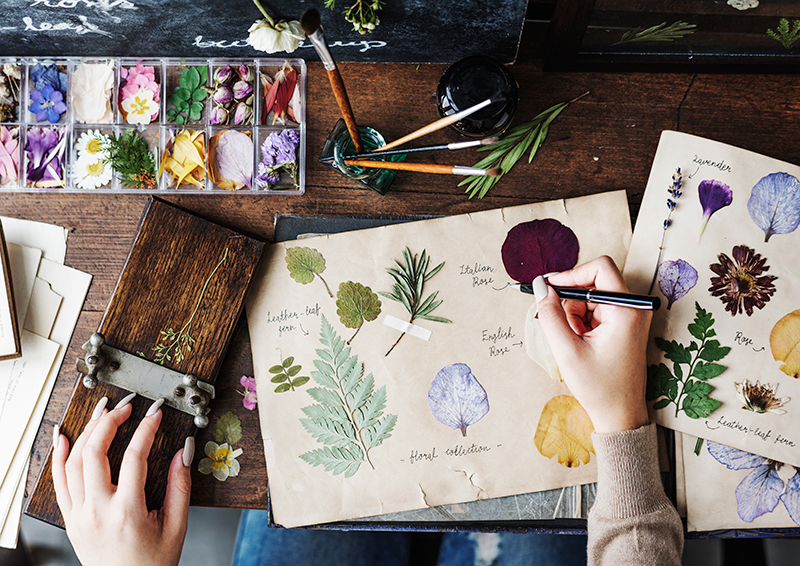
How to encourage your child to learn to recognize plants?
The ability to identify plants can be very rewarding and enrich a child's experience during outdoor walks. It's worth encouraging children from an early age to learn to distinguish and memorize the names of local flora.
Here are some ways to encourage your child to learn to recognize plants:
- Nature trips – regular trips to forests, parks, meadows, and other natural environments are an excellent opportunity to observe plants and learn to identify them. You can take your child for a walk to find flowers, leaves, roots, and fruits, which can then be placed in a herbarium.
- Educational Games and Activities - There are many educational games and activities that help children learn to identify plants. For example, you can organize a plant quiz, create a board game where children have to identify different plant species, or propose a task that involves drawing plants from memory.
- Collaborative Projects - Encourage your child to create a herbarium or other plant-related project. You can help them find plants, take photos, present information about their properties, and place them in the herbarium.
- Discovering the properties of plants - You and your child can experiment with different plant properties, such as taste, smell, color, and texture. For example, you could make a tea with mint or nettle leaves together and then talk about the properties of these plants.
- Planting and caring for plants together - encourage your child to plant plants together in the garden or in pots on the windowsill. Taking care of plants together, such as watering, fertilizing, and pruning, can help increase your child's interest in plants and develop their ability to recognize different species.
- A walk along an educational nature trail – in many places, such as parks, forests, and river valleys, there are special information boards about the animals and plants that inhabit them. It's worth stopping with your little one during the walk to read about local species together, and then try to observe them during the walk.
- Using technology – these days, there are various mobile apps and websites that help with plant identification. You can install one with your child and go on walks together to use it while observing plants.
- A walk with a book or workbook - Take your child on a walk and bring a book about wild plants. Together, look through photos and descriptions of the plants you see. Encourage your child to identify plants from the book and compare them with those they see on the walk.
Remember, the most important thing is to encourage your child's curiosity and positive approach to learning. Playing together and exploring the world of plants can be not only enjoyable but also very valuable for a child's development.
Making a herbarium with your children is a great activity to observe nature in bloom in spring. It also helps children learn to classify plants and develop observational skills. We encourage you to try this activity with your children and see what beautiful and interesting plants you can find in your area.


Podziel się:
How to make a simple Easter decoration with your child? Download Easter toppers from Endo.
Girls' Spring Clothes - Endo's New Collection Overview